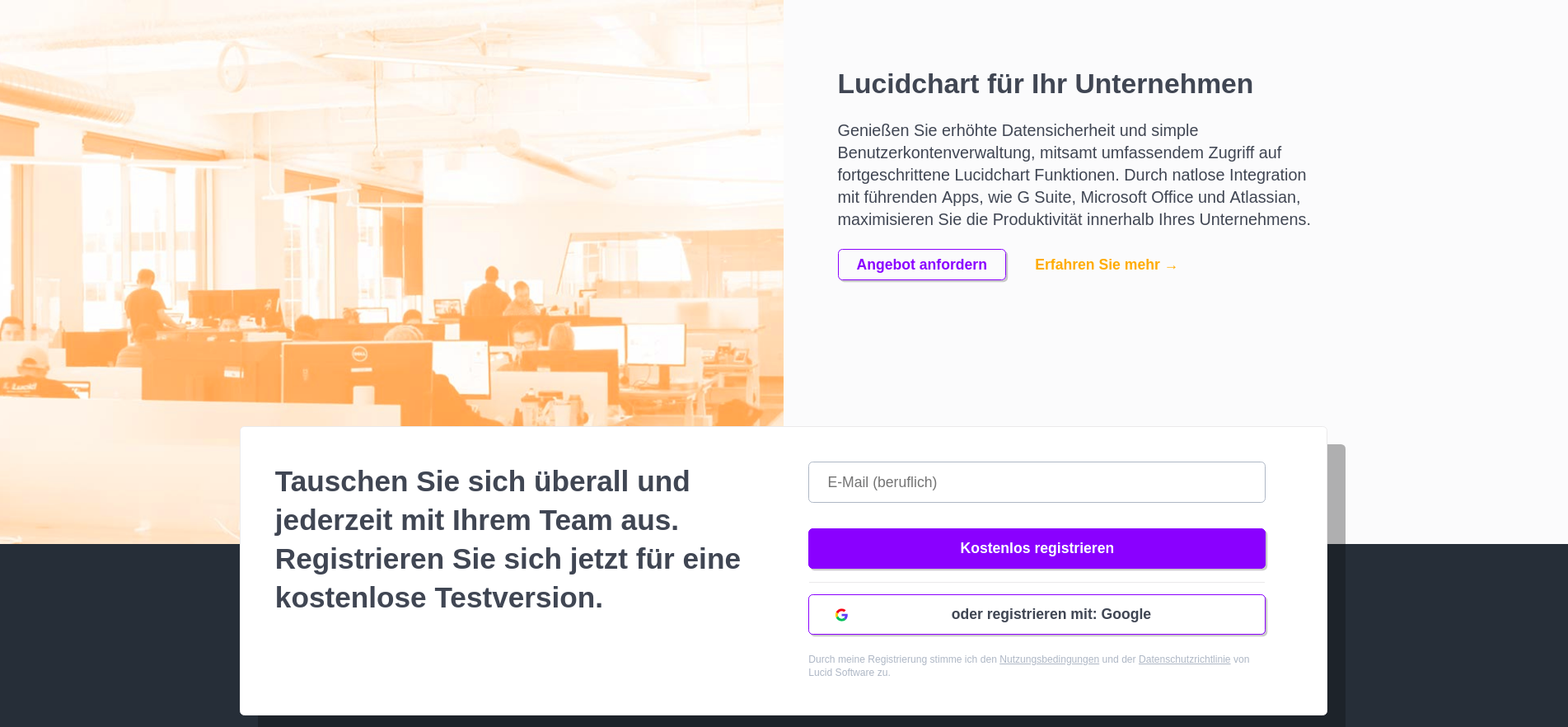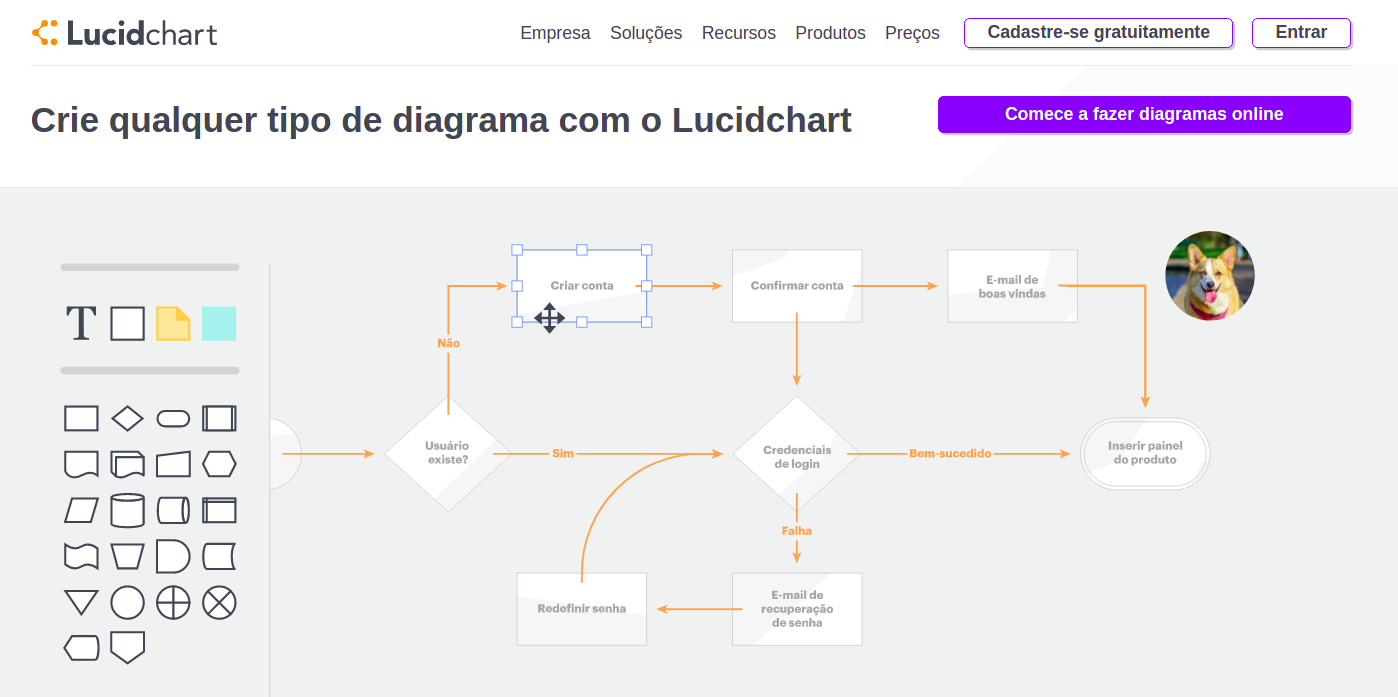
Internationalizing Your Software Part Three: Final Thoughts
Elayne Petterson
Reading time: about 6 min
Topics:
A/B tests may perform differently in different regions and languages
In addition to accounting for differences in language itself, it’s important to realize that strategies that have proven successful in growing your customer base in your first location and language may not translate well into other markets. Improvements you’ve A/B tested and found successful before may test differently in different locations. For example, you may find that pricing or the appearance of the product should vary in different locales. You may also find that the wording throughout your product may perform better if it is different in different languages and regions (beyond being translated). A/B testing variations in wording and appearance may lead to the product diverging significantly between locales. For an artificial example, “REGISTER TODAY!!!” with flashing text on a bright red button may work really well in one locale, while “Try it now” in subtle blue hues may work much better in another. A/B tests and iteration can be used to find out what works best in which places.
Choosing integrations
Does your software integrate with delivery software, such as post, printers, etc.? If so, you may need to find and work with printers or other providers that are more local to the places your customers want to use the product. Finding local integrations applies to more than just physical delivery. For instance, if you are used to integrating with Google in the US (offering some kind of Google search inside your product), then in China you may want to work with Baidu, or in Russia you may use Yandex. While Facebook is a commonly used social media integration in the US, that may not be the case worldwide—for example, in Russia VKontakte may be more common. As you internationalize your software, it’s important to note the popular platforms and search engines in those countries or regions you are expanding to, and decide which are worth integrating with. While adding or using different integrations in different locales may not be part of your minimum viable product, it’s important to consider if—and how—you will provide a consistent user experience to people in other places.Don’t forget about legalities
There may be other changes that you need to make in your software to comply with local laws. This may mean increasing your privacy measures, or automatically adding a different tax to purchases. It could also mean not having aspects of your software available in certain countries. Violating local laws can lead to serious fines (violations of GDPR for example can cost millions of dollars) or lead to your product being completely banned. So make sure you know the regulations for all the locations you are targeting.Think twice about keyboard shortcuts
If your software implements keyboard shortcuts, you may need to consider whether or not the keys you use exist on keyboards in other languages, or if you should use letters that make sense with words in that language. For instance, in English Ctrl + C is a normal shortcut for copying, because the word ‘Copy’ starts with a ‘c’, but in other languages, that connection may not exist. While the word for copy in Spanish is very similar and also starts with a ‘C’ (copiar), the word in Japanese is ‘写す’, or in Finnish is ‘kopioida’ (or so Google Translate tells me). While people in some places may be accustomed to using the English shortcuts, it’s worth exploring the conventions of the languages you’re adding to your software.What Next?
After your software is internationalized, you’ll need to consider the human aspect. Meaning, once the product is available in multiple languages, you’ll need to figure out how to sell and market the product. Will your sales, customer support, and customer success teams interact with customers in different areas? Will you hire individuals who are professionally proficient in different languages? Will you rely heavily on translation for a while? Essentially, simply translating your product is not sufficient to succeed in international markets. Establish a strategy throughout your business that dedicates resources to getting the product in front of international users and companies. Nurture sales and existing business relationships in ways appropriate to the cultures and languages you are working with.Last Notes
Develop internationalization (i18n) and localization (l10n) strategies
Internationalization involves generalizing your software, so that it can work in multiple languages and locales. Localization is the actual implementation of this process for a specific language or region. So, internationalization involves putting all of your strings in a consolidated, accessible place and using a date library that allows multiple languages, rather than hardcoding English months. Localization is getting translations for a specific language, and sometimes using photos of people from a specific region, or making other changes to make your product appeal and connect better with people in a specific region. Both internationalization and localization are important in making your software accessible worldwide. Internationalization generalizes your software, broadening your range and capabilities, while localization hones in on a specific locale, making everything seem fitting and natural. This blog series has actually mentioned aspects on both sides. Consider how you want to implement both internationalization and localization to reach your users globally, and continue A/B testing and iterating on your processes and your product as you learn more and expand into more locations.
- Plan on i18n from the beginning and create a scalable system
- Hire professional translators and send them complete phrases
- Use existing libraries to account for complex aspects of i18n like dates
- Realize that languages and cultures around the world are vastly different
- Have your entire organization (engineering, QA, UX, sales, marketing, customer success, etc) on board so you can maintain a holistic and professional experience for your users everywhere
- Iterate and improve your process as you learn more
About Lucid
Lucid Software is the leader in visual collaboration and work acceleration, helping teams see and build the future by turning ideas into reality. Its products include the Lucid Visual Collaboration Suite (Lucidchart and Lucidspark) and airfocus. The Lucid Visual Collaboration Suite, combined with powerful accelerators for business agility, cloud, and process transformation, empowers organizations to streamline work, foster alignment, and drive business transformation at scale. airfocus, an AI-powered product management and roadmapping platform, extends these capabilities by helping teams prioritize work, define product strategy, and align execution with business goals. The most used work acceleration platform by the Fortune 500, Lucid's solutions are trusted by more than 100 million users across enterprises worldwide, including Google, GE, and NBC Universal. Lucid partners with leaders such as Google, Atlassian, and Microsoft, and has received numerous awards for its products, growth, and workplace culture.